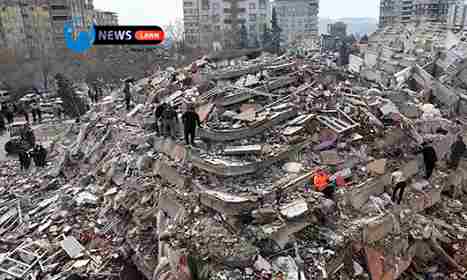Turkey Syria Earthquake Deaths Top 15,000 and is considered one of the most deadly disasters of the decade.
Relief efforts have been overwhelmed by the massive scope of the disaster, which destroyed thousands of structures and ensnared an unknown number of individuals.
Even so, three days after the 7.8-magnitude earthquake—one of the deadliest of this century. Searchers kept finding survivors among the rubble. On the other hand, freezing weather hampered relief operations.
The 7.8-magnitude tremor that struck on Monday killed 12,391 people in Turkey and at least 2,992 in Syria, bringing the total to 15,383. Experts are concerned that the number will continue to rise sharply.
Read | Turkey and Syria Earthquake One Of The Deadliest In Decades
The death toll continues to rise despite the severity of the damage and the absence of assistance.
Meanwhile, criticism mounted on Turkish President Recep Tayyip Erdogan on Wednesday, for concealing shortcomings in the relief works.
European Union initially offered only minimal assistance to Syria because of EU sanctions imposed in 2011. The United States, China, and the Gulf States have pledged the EU to help Syria in this crisis.
Hospitals had already been devastated, the economy had already collapsed, and there had been electricity, fuel, and water shortages due to a decade of civil conflict and aerial bombing by Syria and Russia.
The Turkey-Syria border is one of the world’s most active earthquake zones.
Monday’s quake was the largest Turkey has seen since 1939 when 33,000 people died in eastern Erzincan province. In 1999, a 7.4 magnitude earthquake killed more than 17,000.

